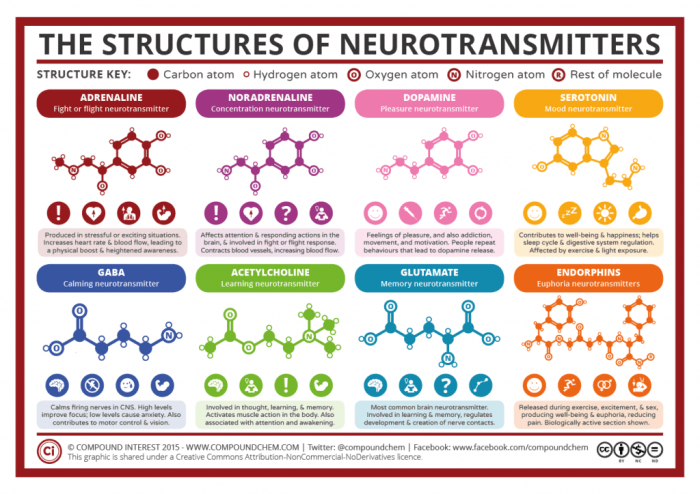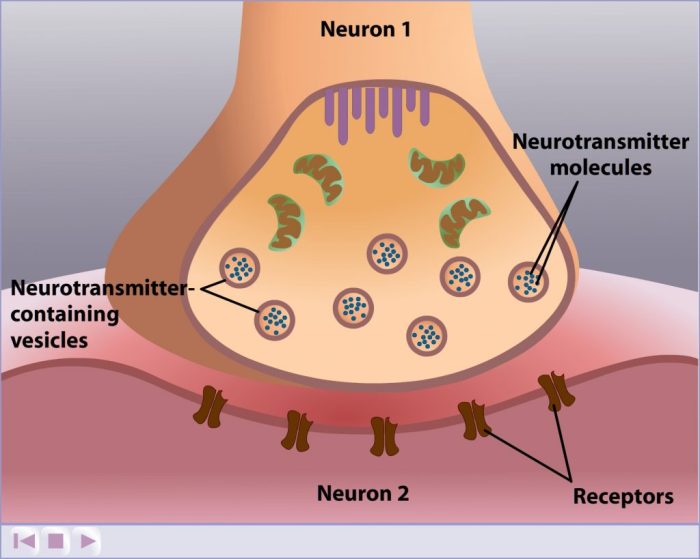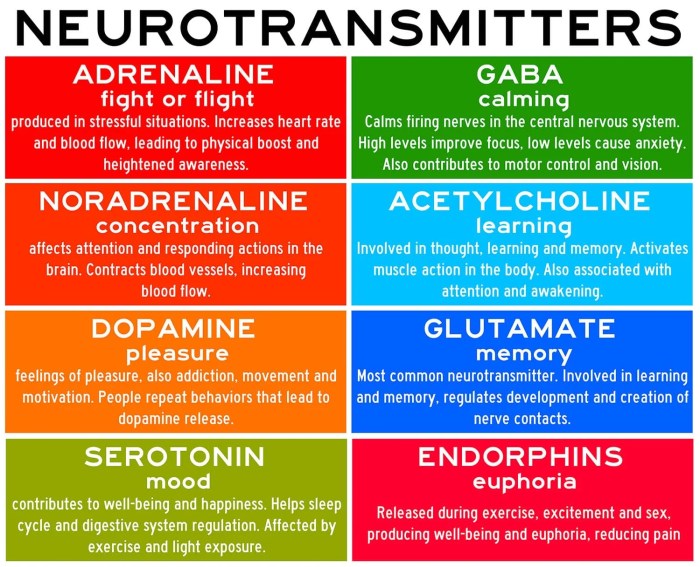Select all that are true of inhibitory postsynaptic potentials. Embark on an enlightening journey into the captivating realm of neural communication, where we unravel the intricate nature and crucial role of inhibitory postsynaptic potentials (IPSPs). These enigmatic electrical signals orchestrate a symphony of neuronal interactions, shaping the very fabric of our thoughts, emotions, and behaviors.
IPSPs stand as the gatekeepers of neuronal excitability, counterbalancing the excitatory forces that drive neural firing. Their presence dampens the enthusiasm of overzealous neurons, preventing runaway excitation and ensuring the delicate balance that underpins our cognitive abilities.
Definition of Inhibitory Postsynaptic Potentials (IPSPs): Select All That Are True Of Inhibitory Postsynaptic Potentials.

Inhibitory postsynaptic potentials (IPSPs) are transient hyperpolarizations of the postsynaptic neuron’s membrane potential that occur in response to the activation of inhibitory synapses.
IPSPs play a crucial role in neural communication by reducing the likelihood of action potential generation in the postsynaptic neuron. They are generated by the opening of ligand-gated chloride channels, which allows an influx of negatively charged chloride ions into the neuron, resulting in hyperpolarization.
Characteristics of IPSPs

IPSPs typically have a waveform that is slower in onset and decay compared to excitatory postsynaptic potentials (EPSPs). The duration of IPSPs varies depending on the type of inhibitory synapse and the neurotransmitter involved.
The hyperpolarization associated with IPSPs is caused by the influx of chloride ions into the neuron. Chloride ions are more concentrated outside the neuron than inside, creating an electrochemical gradient that drives the influx of chloride ions through open chloride channels.
The amplitude and time course of IPSPs are influenced by several factors, including the number of inhibitory synapses activated, the affinity of the neurotransmitter for its receptor, and the properties of the chloride channels.
Role of IPSPs in Neuronal Function

IPSPs play a vital role in regulating neuronal excitability by reducing the likelihood of action potential generation. They contribute to synaptic integration by counteracting the depolarizing effects of EPSPs, shaping the overall response of the neuron to synaptic inputs.
IPSPs are also involved in shaping neuronal firing patterns. They can prevent the neuron from firing action potentials in response to weak stimuli and can modulate the frequency and timing of action potentials in response to stronger stimuli.
Comparison to Excitatory Postsynaptic Potentials (EPSPs)
The following table compares the key characteristics of IPSPs and EPSPs:
| Characteristic | IPSP | EPSP |
|---|---|---|
| Effect on membrane potential | Hyperpolarization | Depolarization |
| Ionic basis | Chloride influx | Sodium and potassium influx |
| Effect on neuronal excitability | Reduces likelihood of action potential generation | Increases likelihood of action potential generation |
The balance between IPSPs and EPSPs determines the overall activity of a neuron. When IPSPs dominate, the neuron is less likely to fire action potentials, whereas when EPSPs dominate, the neuron is more likely to fire action potentials.
Answers to Common Questions
What is the primary function of IPSPs?
IPSPs primarily serve to inhibit or reduce the excitability of neurons, counteracting the effects of excitatory postsynaptic potentials.
How are IPSPs generated?
IPSPs arise when inhibitory neurotransmitters, such as GABA or glycine, bind to receptors on the postsynaptic neuron, causing an influx of chloride ions and hyperpolarization of the membrane.
What factors influence the amplitude and time course of IPSPs?
The amplitude and time course of IPSPs are influenced by factors such as the type of neurotransmitter involved, the number of receptors activated, and the properties of the postsynaptic neuron.